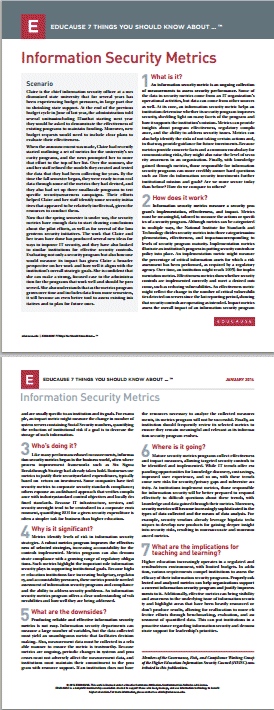Network security awareness

Networking has played a pivotal role in the explosion of IT use in recent decades – first LANs and then WANs, most notably of course the Internet. Being an OF, I recall how it was in the dim and distant days prior to LANs, when computers were mostly accessed through directly connected teletype or green-screen terminals, and generally only by computer scientists sporting white labcoats and clipboards. Ordinary users - the lucky ones at least - interacted with Data Processing through the coding sheets for punched cards and fan-fold printouts. Local Area Networks of various kinds were introduced to put terminals, and later PCs, directly in the hands of the users on site. Working in IT in the 80s, I saw rapid technological changes as wave after wave of networking protocols and standards rose and fell from grace. A dual-ring counter-rotating daisy-chain network from RACAL seemed cutting-edge at the time but was the bane of my life back then: supposedly it was resilient and self-healin...












